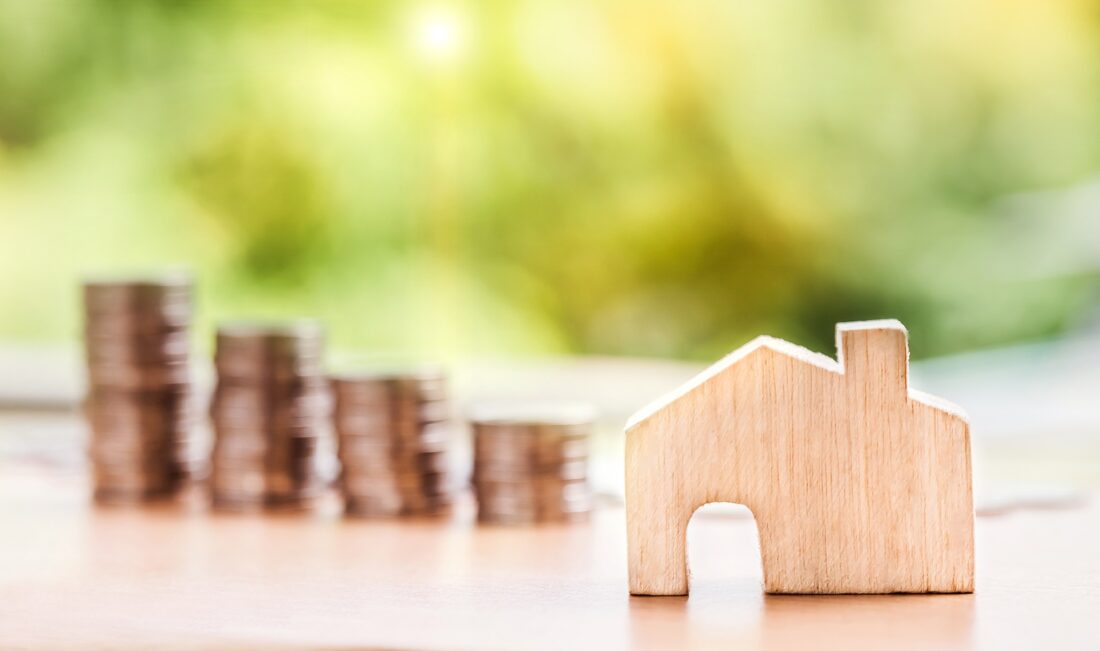Anyone with a kink for easy-mail management has likely stayed away from GMail over the years. Despite its superior storage sizes, ease of use, and incredible reliability, you’ll find very few people who decided to open an account with GMail because of its ability to easily-organize their inbox. That’s because, quite frankly, it doesn’t have it.

However, there are some strategies you can begin using today to start battling into that monolithic horde of unread messages currently waiting to be read by you. No, you don’t need to be intimidated by their sheer numbers anymore, for they’re mostly just talk. That’s why, today, we’re going to share some tips which help you to tidy up your GMail account, show you specific techniques you can use, and also teach you how to make sure you never have more than a handful of unread messages leering menacingly at you in the future (well, unless a lot of people actually want to speak to you, anyway).
Search!
The first thing you need to do is SEARCH! Yes, take a quick look at your inbox, and identify which companies or people are sending you the most nuisance emails. Then type their name into the search box across the top of the screen. You may need to click the little ‘down arrow’ at the right of the box to enter more specific criteria (such as the sender’s email address, which you can get from just next to their name in any of their messages, or by excluding chats so that anything you’ve responded to doesn’t get caught up in your purge).
Once you’ve managed to cast the net just wide enough to catch all the nonsense you don’t need, go ahead and click the small grey checkbox under the search bar to select every message. You’ll then be prompted by GMail with a message to the effect of “All 50 conversations on this page are selected. Select all conversations that match this search”. Click on the underlined text so that you can select all messages (rather than having to delete 50 at a time), and then click the little trash-bin icon below the search bar.
Repeat this process for everyone who’s been sending you bulk-emails concerning things you never needed to know about, until your inbox is small enough that you can go through and delete the remainders one-by-one.
Unsubscribe!
While you’re deleting emails from the above-mentioned batch-message distributors, remember to open one of their correspondences up. At the bottom, they should have provided you with a link to somewhere you can go to explicitly unsubscribe to future communications from them.
In fact, the CAN-SPAM bill which was approved by then President George Bush back in 2003 was updated in 2008; one of the biggest benefits of this update was a legal requirement for anyone distributing marketing emails to provide a way for their users to easily opt-out of future correspondences. So, if anyone’s been sending you generic messages on a regular basis, they should have done this.
If, on the other hand, you can’t find a way to unsubscribe, search for all their messages (as above) and send them to your spam folder. GMail will no longer bother you about future emails from that particular sender, and all their messages will immediately be junked (however, they will be in your spam folder for a short while, so you can read them if you really want to).
Categorize
Even though GMail doesn’t allow you to use conventional folders in your inbox, you can quite easily categorize messages using their own proprietary “Labels” feature. This allows you to related messages with the same keyword, even if they haven’t arrived in your inbox yet. This is done by setting up a series of filters (which are well worth Googling if you don’t already know about them). Filters are, essentially, a set of rules which instruct GMail on how to handle messages as they arrive in your inbox.
Add-Ons
While we won’t go into explicit details about add-ons in this post, there’s definitely some amazing tools you can use to make managing your GMail account less stressful. Most notable is Email Game (emailga.me), which will present you with your inbox serially, meaning that you have to deal with each message one-by-one. It may sound painful, but it’s a great way to ensure that emails no longer get bounced around or are left to fester in your inbox!
Using these tools, you can immediately get to work on tidying your GMail account, and we hope that you’ll find them as useful as we do ourselves. Until next time, remember to keep checking back for more awesome (and helpful!) articles like this one. Ciao!

